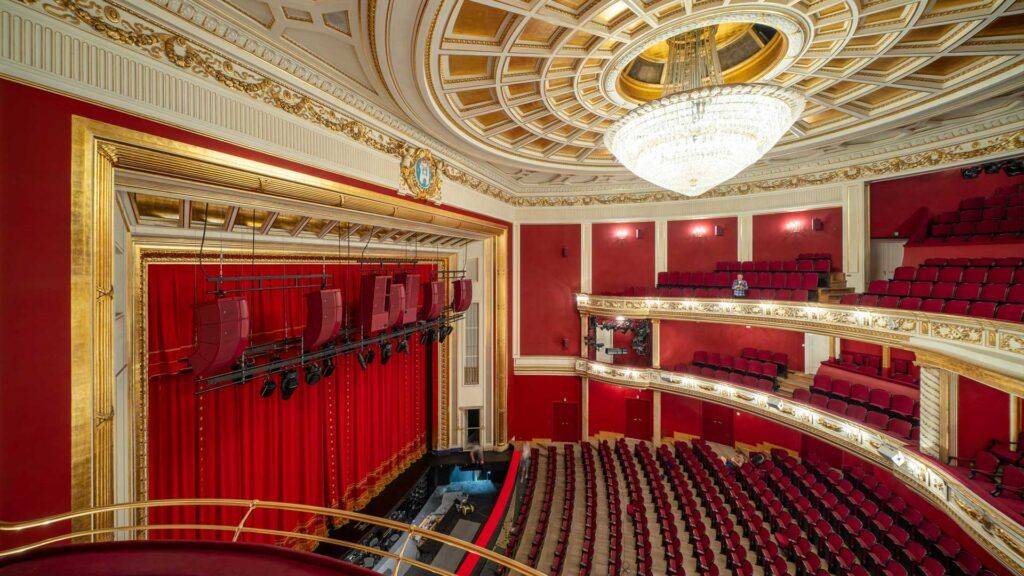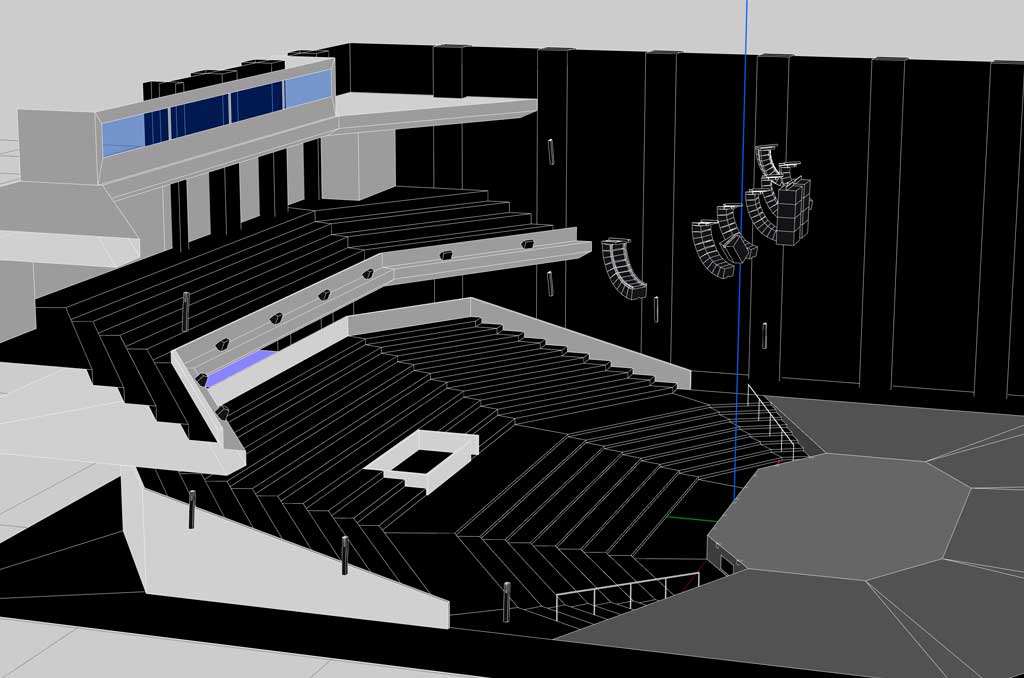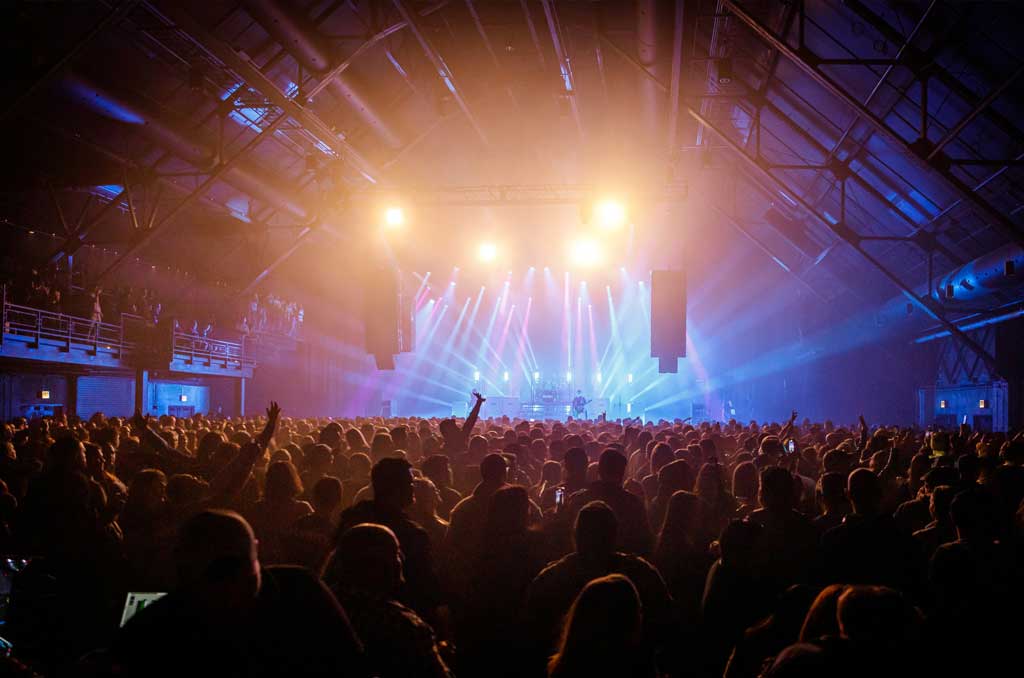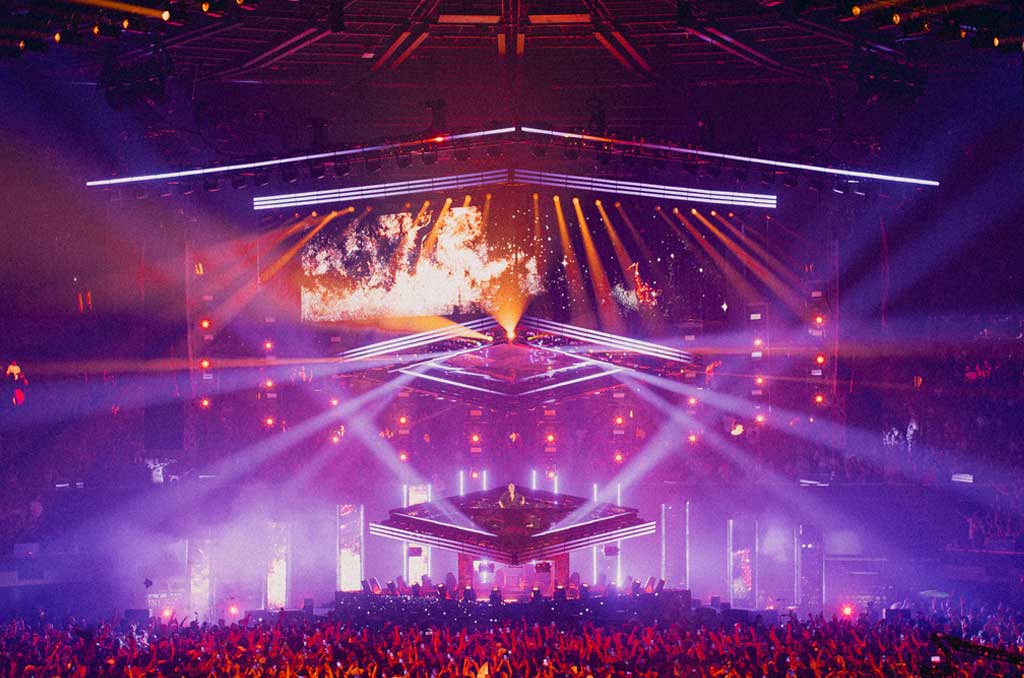What is an Immersive Audio Sound System? What is an Immersive Audio Sound System?...
An immersive audio sound system creates a three-dimensional sound environment, enveloping the listener with sound from all directions, including above and behind. In essence, it’s sound that surrounds you in every direction. Immersive audio technology simulates the natural way we perceive sound in real life, making the listening experience more realistic, engaging, and immersive.

How is it Shaping the Landscape?
Immersive audio is revolutionizing sound experiences across music, art, and live events by creating dynamic, three-dimensional soundscapes. Its precise sound and captivating experience has spurred rapid adoption by live performance venues, houses of worship, hospitality, sports, and more.
How Does it Work?
Immersive audio systems often feature software like L-ISA to create 3D soundscapes. An L-ISA Hyperreal system can combine lateral, rear and overhead speakers to seamlessly direct sound to a defined listening area. A dedicated renderer determines the exact signal sent to each speaker to accurately recreate sound, transforming virtual positions into a tangible, physical audio experience. Audio engineers use tools like Soundvision to design immersive spaces and predict sound systems.
Design and Setup
Immersive systems rely on precise speaker placement for accurate sound reproduction. Tools like Network Manager simplify system calibration, ensuring intuitive alignment between virtual and physical spaces.

Immersive Audio vs. Stereo: Key Differences
While stereo sound has been a staple in audio design for decades, immersive audio takes the listening experience to a new level. Here’s how they differ:
- Output distribution: Stereo uses two channels (left and right), while immersive employs multiple outputs, including height channels, for a 3D sound experience.
- Sound localization: Stereo relies on simple volume panning between two speakers, whereas immersive audio positions sound using lateral, depth, and vertical coordinates so when the audience is centered, they experience spatialization.
- Listening impact: It delivers a richer, more engaging experience, enveloping the listener in the most precise sound possible.
Benefits of Immersive Audio
Immersive audio is transforming how both creators and audiences listen. Here’s what makes it so impactful:
- Enhanced realism: By replicating how humans naturally perceive sound, immersive systems make experiences more authentic and engaging.
- More emotional resonance: Audiences are more connected to performances and their corresponding environments when surrounded by dynamic soundscapes. Whereas with a stereo system, the perceived source of the sound is from the stage so people tend to hear the sound as coming from the closest speaker.
- Versatile applications: For live events, art exhibits, and streaming entertainment, and more, it elevates content across various industries.
- Creative freedom: Engineers and creators can experiment with new sonic dimensions, offering audiences fresh, innovative ways to experience art.
Do Headphones with Spatial Audio Mimic Immersive Audio?
Spatial audio is a binaural simulation of immersive sound designed primarily for headphones. While it doesn’t deliver the full 3D experience of an immersive system, it introduces listeners to the possibilities of dynamic soundscapes.
Whereas immersive audio represents a transformative leap in how we create and experience sound. Audio professionals can craft unparalleled soundscapes with tools like the L-Acoustics L-ISA Controller and Ambiance. Such tools have vastly improved sound and profoundly enhanced venues, concerts, live performances, festivals, houses of worship, hospitality spaces, and any production or application where sound plays a pivotal role. Immersive sound has elevated the audience experience beyond mere listening, transforming it into an impactful and captivating experience that allows participants to truly feel and connect with the event. Consequently, live performances and other shared sound experiences have become unifying experiences that turn into cherished core memories.

